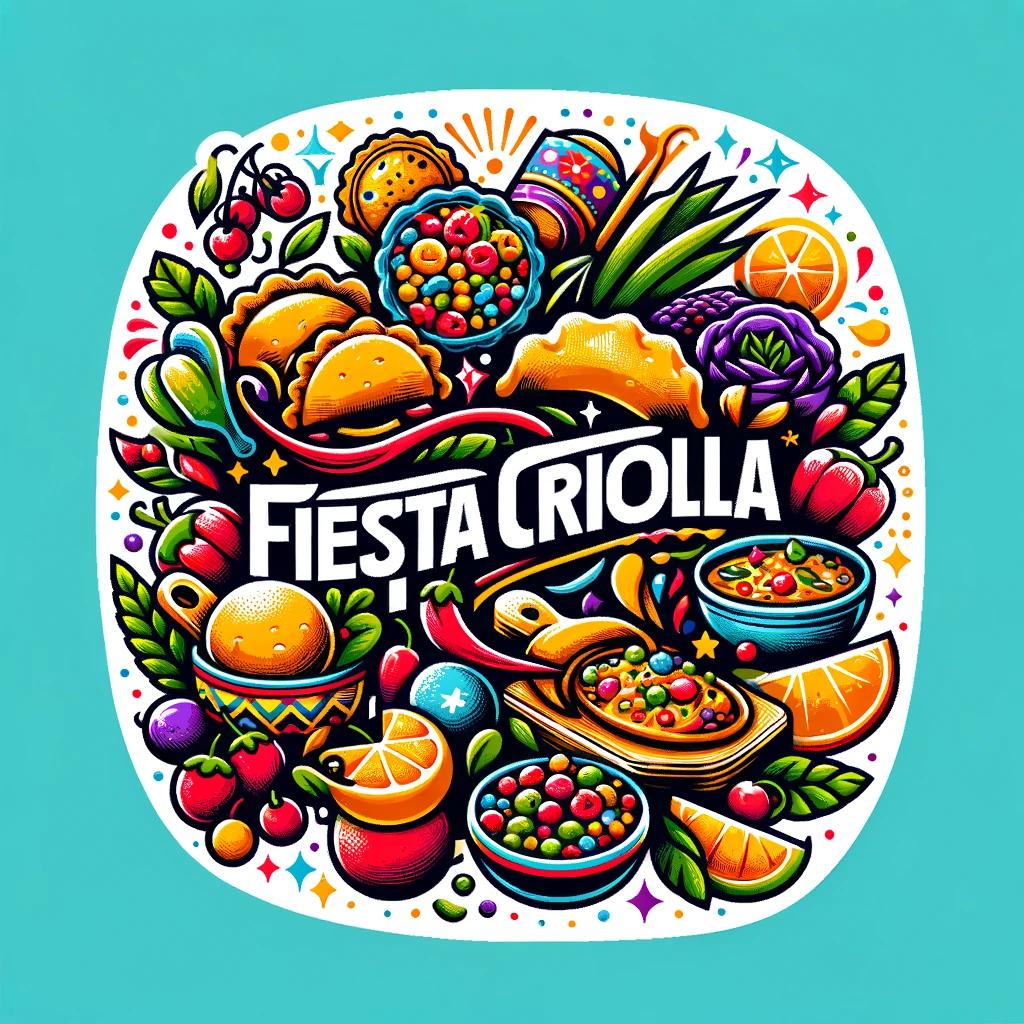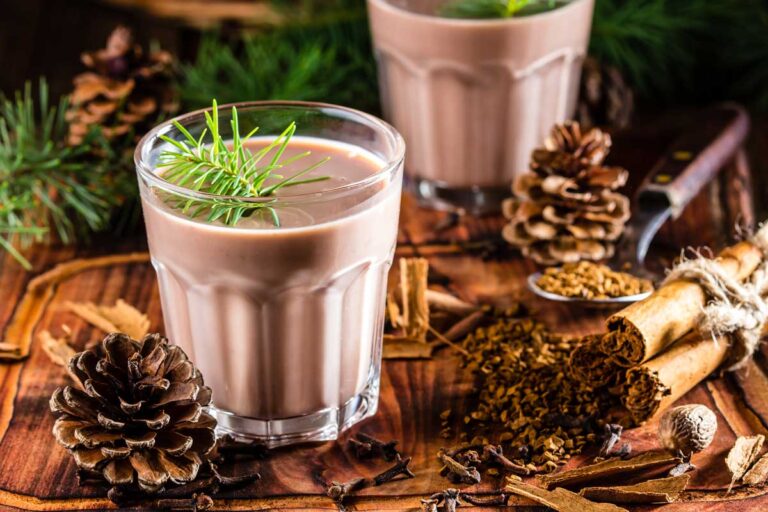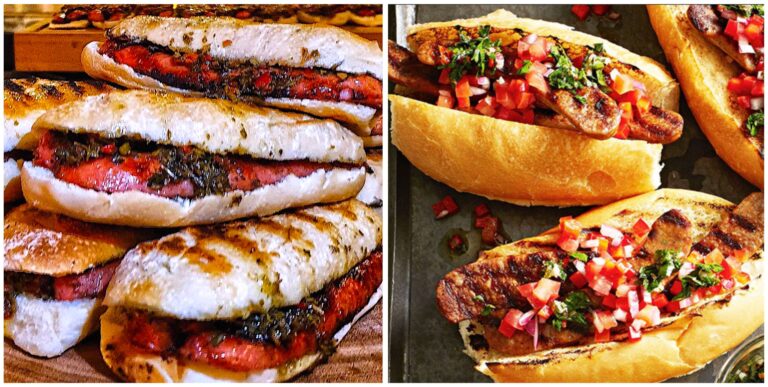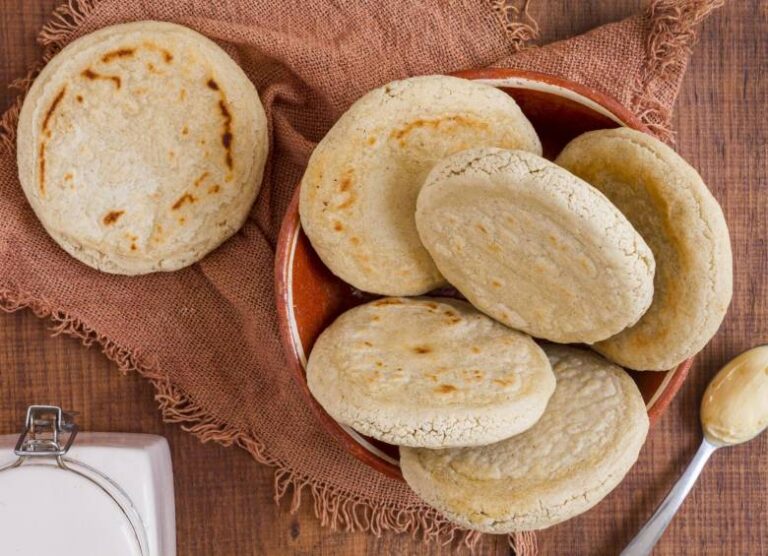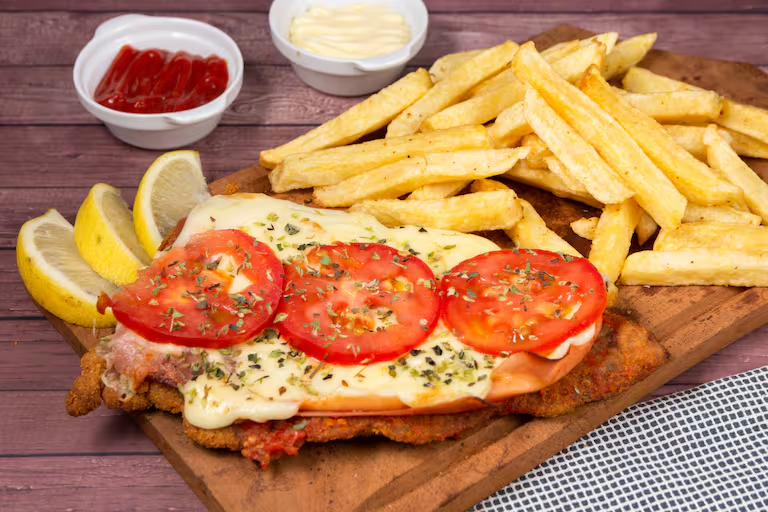Colombian cuisine is a vibrant tapestry of flavors, ingredients, and culinary traditions that reflect the country’s diverse geography and cultural heritage. At the heart of this gastronomic richness is the iconic Bandeja Paisa, a dish that not only offers a taste of Colombian hospitality but also embodies the spirit of its people.
In this comprehensive guide, we delve into the essence of Bandeja Paisa Colombian food, explore three popular foods in Colombia, highlight the national dish, and unveil what constitutes the biggest meal in this enchanting South American country.

Bandeja Paisa: Colombia’s Quintessential Delight
Bandeja Paisa is more than just a meal; it’s a culinary experience that transports you to the lush landscapes of Colombia. This hearty platter is a symphony of flavors, featuring a generous array of components including red beans cooked with pork, white rice, ground beef, chicharrón (fried pork belly), a fried egg, plantain, arepa (cornmeal cake), avocado, and morcilla (blood sausage).
Each element of the dish is carefully prepared to offer a balance of textures and tastes, making Bandeja Paisa a true representation of Colombian generosity and abundance.

What is BANDEJA PAISA COLOMBIAN FOOD?
Bandeja Paisa is like the superhero of Colombian cuisine, flying in with its cape made of deliciousness, ready to save you from hunger with its mighty powers. Picture this: a platter so generously loaded with food that it’s basically a culinary treasure chest. This dish isn’t just a meal; it’s an adventure on a plate, showcasing the richness of Colombian flavors and ingredients.
Originating from the Antioquia region, Bandeja Paisa was the energy-packed lunch of choice for hardworking farmers who needed all the fuel they could get to power through their day. It’s a hearty, comforting ensemble that includes a bit of everything to satisfy meat lovers, bean aficionados, and avocado enthusiasts alike.

So, what’s on this plate of wonders? Let’s break it down:
- Red beans cooked up with pork for that deep, comforting flavor.
- White rice, because what’s a hearty meal without it?
- Ground beef or sometimes minced meat, adding a rich and savory depth.
- Chicharrón, a.k.a. crispy pork belly, because everything is better with a bit of crunch.
- A fried egg on top, because why not add more joy?
- Plantain, sweet or savory, to give that tropical sweetness or earthy balance.
- Arepa, the trusty cornmeal cake that’s ready to mop up all the flavors.
- Avocado, for that creamy, fresh contrast.
And let’s not forget the morcilla (blood sausage), adding a unique, bold flavor to the mix.
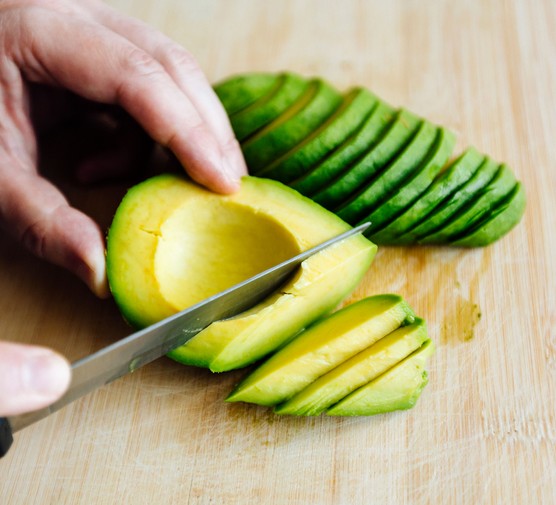

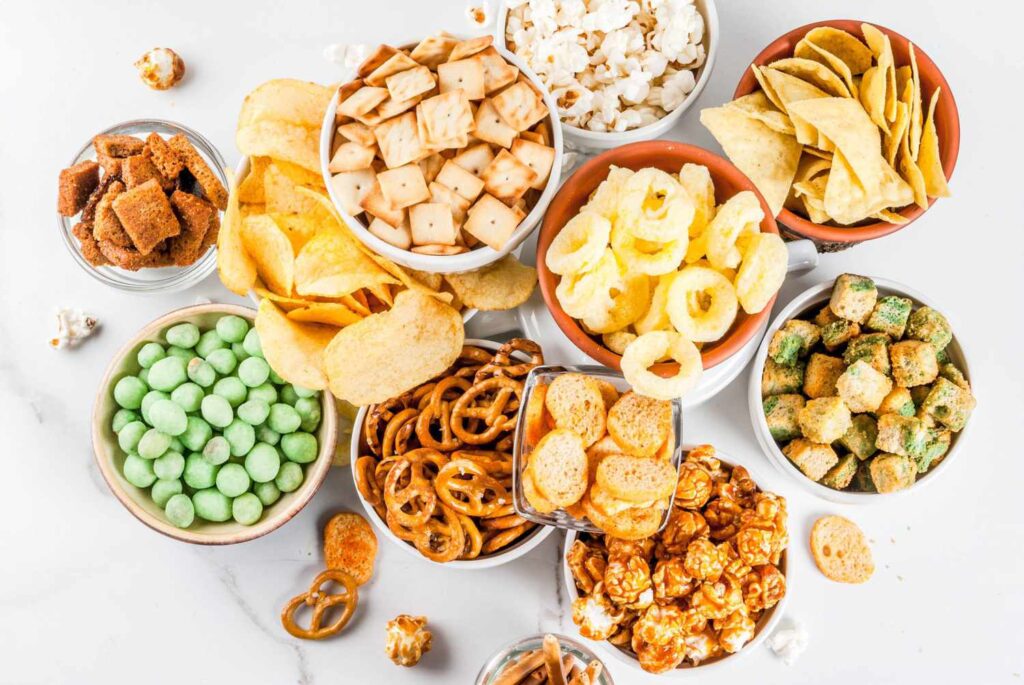



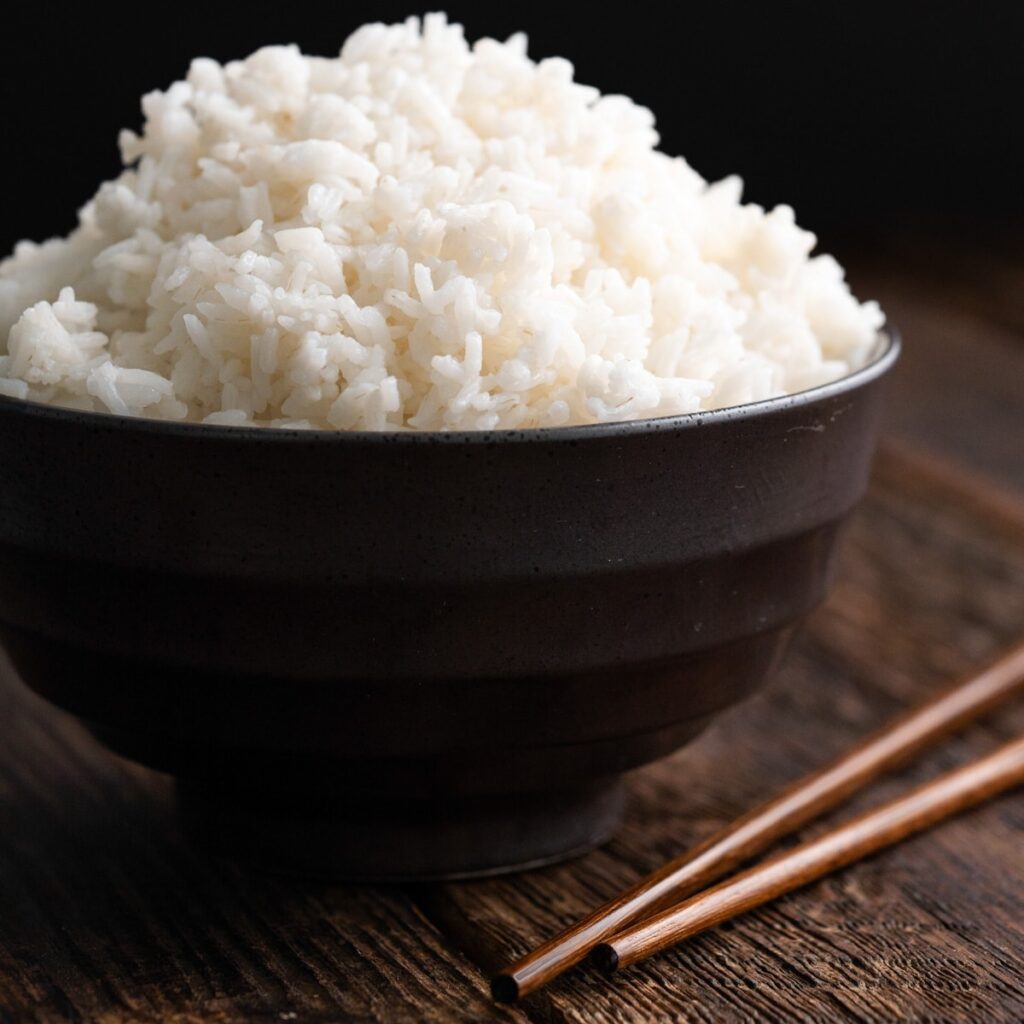

Bandeja Paisa is more than just a dish; it’s a celebration of Colombian culture, a feast that brings people together and tells a story of regional heritage, agricultural abundance, and culinary creativity. Whether you’re diving in for the first time or coming back for that taste of home, Bandeja Paisa is a journey through Colombia on a plate.
Three Popular Foods in Colombia
Beyond Bandeja Paisa, Colombian cuisine boasts a plethora of dishes that are beloved across the country. Among these, Arepas, Empanadas, and Ajiaco stand out for their popularity and significance.
Arepas: A staple in Colombian homes, arepas are versatile cornmeal cakes that can be grilled, baked, or fried. They serve as a base for a myriad of toppings, from simple butter and cheese to avocado and meat. The simplicity of arepas belies their importance in Colombian culture, acting as a unifying element across different regions.
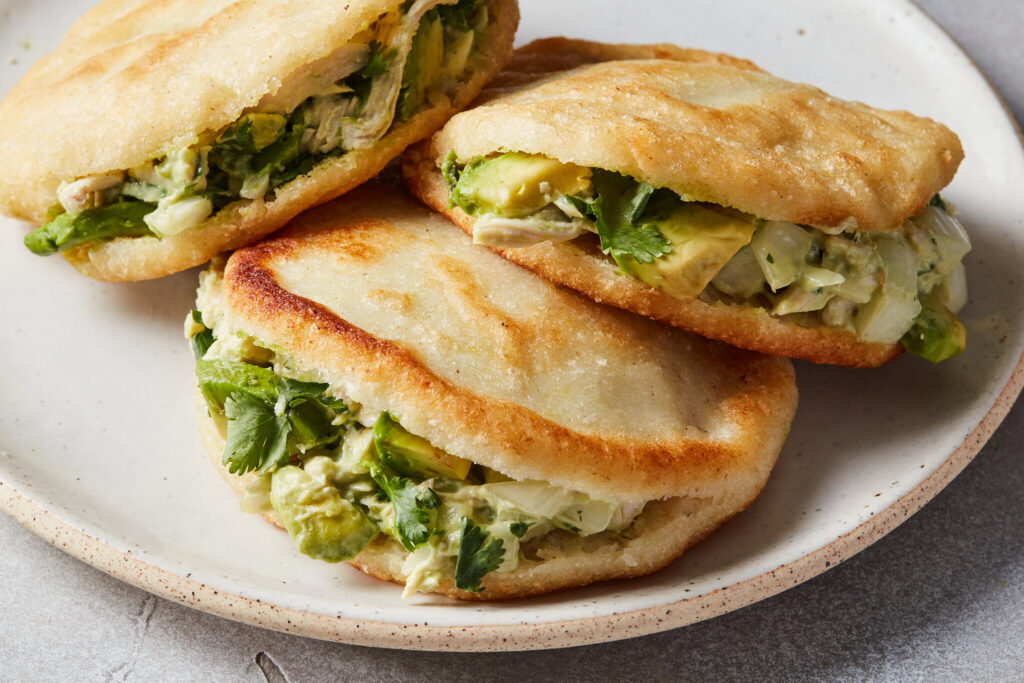
Empanadas: These fried or baked pastries are filled with a variety of ingredients, such as meat, potatoes, and cheese. Empanadas are a favorite snack and street food, embodying the Colombian flair for combining flavors and textures in portable, delicious bites.
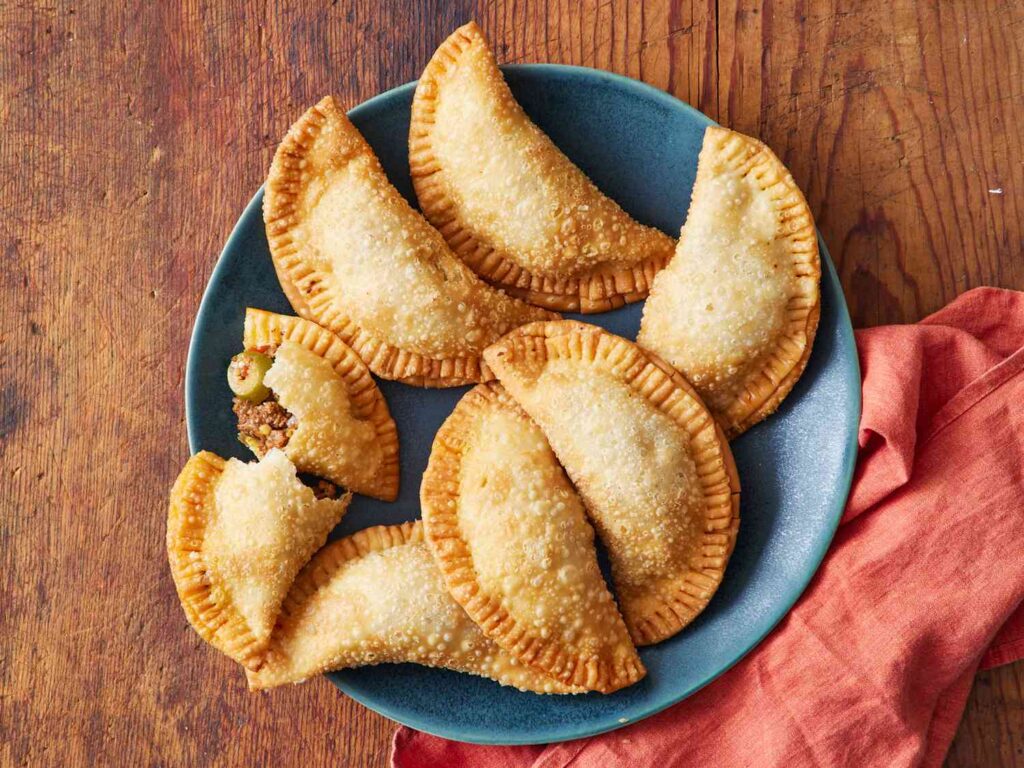
Ajiaco: A comforting, hearty soup that hails from the Andean region of Colombia, particularly Bogotá. Ajiaco is made with chicken, three types of potatoes, corn, and the guasca herb, which gives the soup its distinctive flavor. Served with capers, avocado, and cream, ajiaco is a testament to Colombia’s rich agricultural bounty.
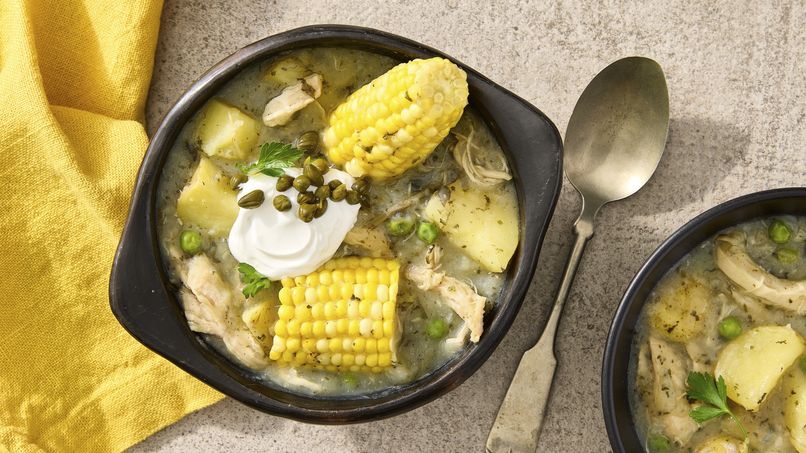
The National Dish of Colombia
While there is some debate over the official national dish of Colombia, many point to Bandeja Paisa due to its widespread popularity and representation of Colombian culinary traditions. However, Ajiaco and Sancocho, a traditional stew made with fish, chicken, or beef, along with plantain, yuca, and corn, also hold a special place in Colombians’ hearts and could be considered national dishes for their profound cultural significance.
The Biggest Meal in Colombia
In Colombia, the largest meal of the day is traditionally lunch, which is a time for families to gather and enjoy each other’s company over a multi-course meal. This meal often includes a soup, a main course (often featuring rice, meat, and vegetables), followed by a dessert and coffee. This tradition reflects the Colombian value of family and community, emphasizing the importance of sharing meals and moments together.
Conclusion
Colombian cuisine is a reflection of the country’s rich cultural heritage, diverse ecosystems, and the warmth of its people. From the iconic Bandeja Paisa to the comforting Ajiaco and the ubiquitous arepas and empanadas, Colombian food is about more than sustenance—it’s about tradition, family, and the joy of sharing. As we explore the flavors of Colombia, we not only discover delicious dishes but also the stories and traditions that have shaped this vibrant culinary landscape.
Disclosure: Our blog contains affiliate links to products. We may receive a commission for purchases made through these links. However, this does not impact our reviews and comparisons. We try our best to keep things fair and balanced, in order to help you make the best choice for you.
